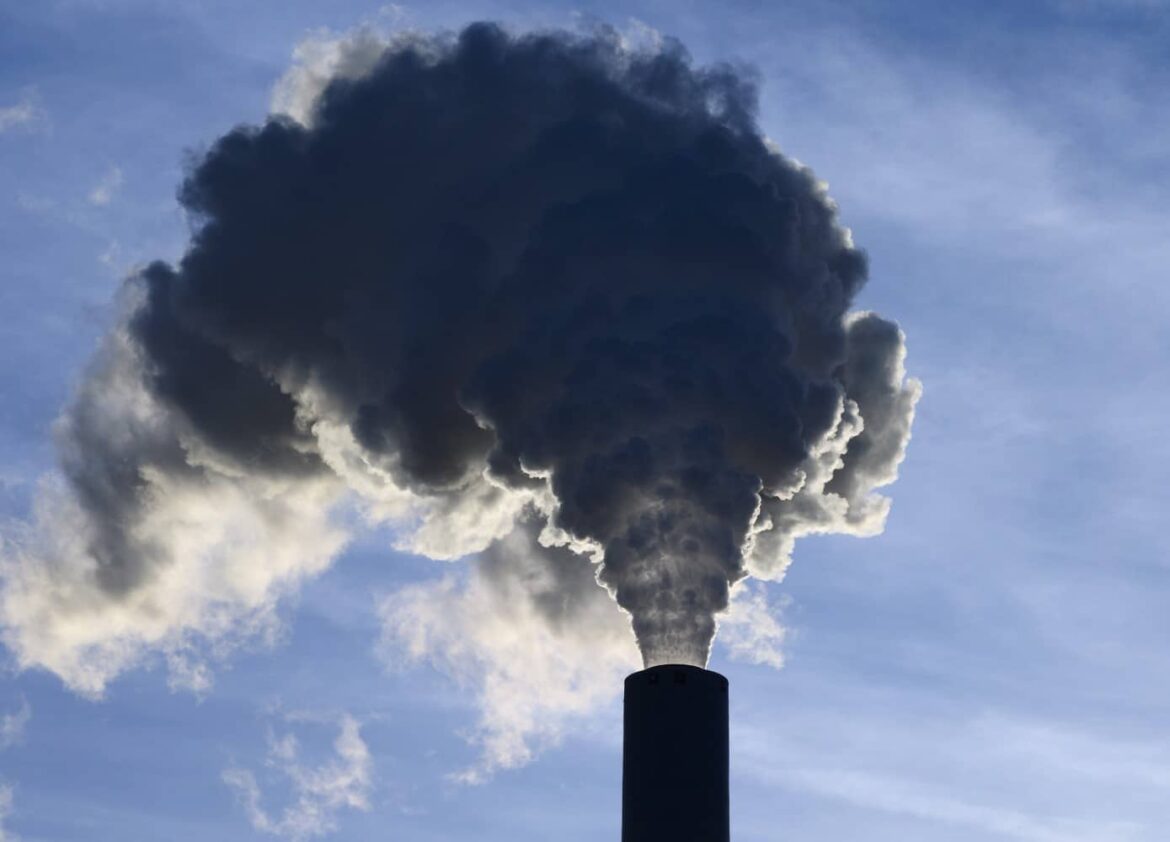The causes of climate change are manifold. Greenhouse gases, factory farming and coal mining are just a few of the factors influencing the climate. Read more about the triggers of change below.
Greenhouse gases – causes of climate change
The greenhouse effect exists naturally. For example, clouds, carbon dioxide (CO₂) and methane keep heat in the atmosphere so that life on Earth is possible at all. This is similar to a greenhouse. However, we humans amplify this effect through our lifestyle by mass production of greenhouse gases.
- We drive cars, take long-distance trips by plane or cruise ship, or have all kinds of electrical appliances in the house. This comfortable standard of living requires a lot of energy.
- Millions of tonnes of gas, oil or coal are burnt every day to produce this energy.
- This produces harmful gases, especially carbon dioxide and methane, which extremely increase the greenhouse effect. The earth thus heats up more and more.
- This is called global warming. This is when the average temperature of the Earth’s atmosphere rises steadily over time. This has devastating effects on a wide variety of habitats and living things. However, global warming does not necessarily mean that it is getting warmer everywhere and at all times of the year. In many places, extreme weather phenomena such as storms and floods are also becoming more frequent as a result.
Coal mining for power generation
Thousands of tonnes of lignite or hard coal are mined every day in Germany alone for electricity generation.
- This is highly toxic and harmful to the climate, because burning the fossil fuel releases greenhouse gases such as CO₂.
- The global energy industry produces by far almost the 50 percent of all CO2 emissions.
Traffic and travel
Without question, the car plays a significant role in the history of mankind’s technical development. But our comfort and mobility harm the climate because oil is burned for moving cars, trucks or even holiday ships. In Europe, 20 percent of CO₂ emissions are due to transport.
- The highest number of motor vehicles per 1,000 inhabitants was recorded in the United States in 2015. This was followed by the Eurozone and Japan.
- Current figures show that car ownership is highest in China – whereas commercial vehicle ownership is highest in the US.
- The largest motor vehicle manufacturing country is China.
Mass animal husbandry and meat production
In particular, the excessive consumption of meat and factory farming in western countries causes enormous emissions of methane from the stomachs of animals and their manure.
- In addition, more and more standard forests are being cleared or even burnt down for livestock farming in countries such as South America or Indonesia to create areas for the animals.
- Rainforests are also being cut down for the production of animal food.
- The rainforests are very important for the climate, they store carbon dioxide and produce oxygen.
- In addition, clearing often takes place by means of controlled fires, which in turn mean increased CO₂ emissions.
Industrial food production for over 7 billion people
Massive fields are fertilised for the food production of vegetables, rice, soy or grain. In the process, carbon dioxide, methane and nitrous oxide are emitted, which intensify the greenhouse effect.
-
-
- In Germany, it is responsible for more than twelve percent of greenhouse gas emissions.
-
- In this country, the largest sources include livestock farming through methane emissions from cattle stomachs and slurry.
-
- Also fertilising with nitrogen and the agricultural use of former moorland, because moorland is an important carbon store.
-
- According to the Intergovernmental Panel on Climate Change (IPCC), agriculture contributes almost one third of greenhouse gas emissions to global warming.
-
Mutually reinforcing effects
And as if the consequences of the man-made greenhouse effect were not drastic enough, mutually reinforcing effects also develop from it.
-
- For example, permafrost soils in Siberia and other cold countries are thawing over large areas due to global warming.
-
- This causes huge amounts of gas to escape from the ground. This in turn damages the climate and increases the greenhouse effect.
- Very hot summers also increase the risk of forest fires worldwide. The more the forest disappears, the faster global warming continues. Not to mention that forest fires also produce enormous amounts of carbon dioxide.
